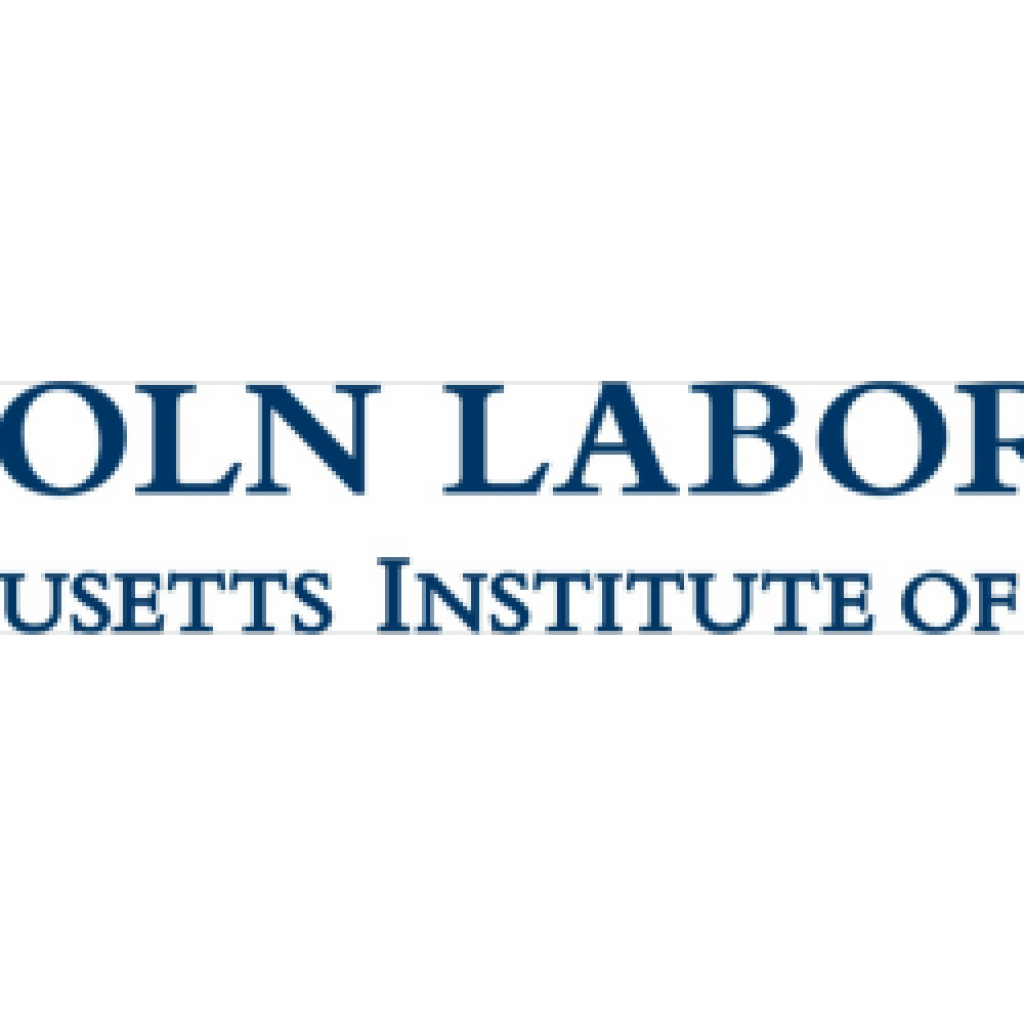(MIT.edu) Quantum systems are not easy to manage, thanks to two related challenges. Both science and engineering will be required to overcome these challenges to make quantum computing a reality.
The first problem is that a qubit’s superposition state is highly sensitive, The second challenge lies in controlling the qubit to perform logical functions, often achieved through a finely tuned pulse of electromagnetic radiation.
William Oliver is an associate professor in MIT’s Department of Electrical Engineering and Computer Science, a Lincoln Laboratory Fellow, and the director of the MIT Center for Quantum Engineering. The computers Oliver engineers use qubits composed of superconducting aluminum circuits chilled close to absolute zero. The system acts as an anharmonic oscillator with two energy states, corresponding to 0 and 1, as current flows through the circuit one way or the other. These superconducting qubits are relatively large, about one tenth of a millimeter along each edge.
Oliver is constantly fighting decoherence, seeking new ways to protect the qubits from environmental noise. His research mission is to iron out these technological kinks that could enable the fabrication of reliable superconducting quantum computers. “I like to do fundamental research, but I like to do it in a way that’s practical and scalable,” Oliver says. “Quantum engineering bridges quantum science and conventional engineering and both will be required to make quantum computing a reality.”
Another solution to the challenge of manipulating qubits while protecting them against decoherence is a trapped ion quantum computer, which uses individual atoms — and their natural quantum mechanical behavior — as qubits. Atoms make for simpler qubits than supercooled circuits, according to John Chiaverini, a researcher at the MIT Lincoln Laboratory’s Quantum Information and Integrated Nanosystems Group. “Luckily, I don’t have to engineer the qubits themselves,” he says. “Nature gives me these really nice qubits. But the key is engineering the system and getting ahold of those things.”
Chiaverini notes that the engineering challenges facing trapped ion quantum computers generally relate to qubit control rather than preventing decoherence.
Oliver and Chiaverini agree that quantum information processing will hit the commercial market only gradually in the coming years and decades as the science and engineering advance.
“Quantum computing has been the future for several years,” Chiaverini says. But now the technology appears to be reaching an inflection point, shifting from solely a scientific problem to a joint science and engineering one — “quantum engineering” — a shift aided in part by Chiaverini, Oliver, and dozens of other researchers at MIT’s Center for Quantum Engineering (CQE) and elsewhere.
Quantum Engineering Required to Overcome Challenges to Make Quantum Computing a Reality
